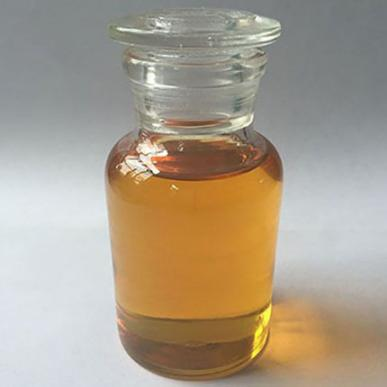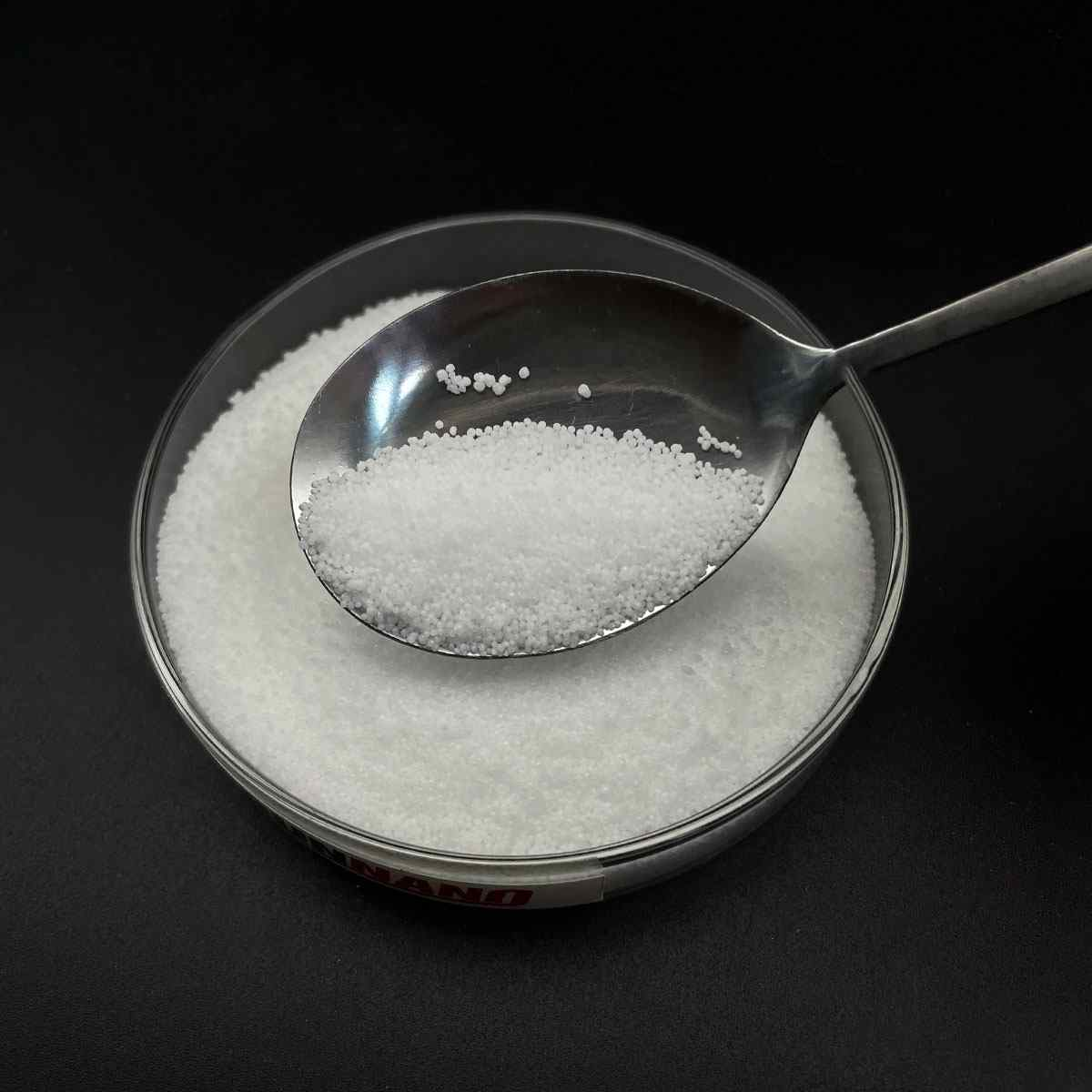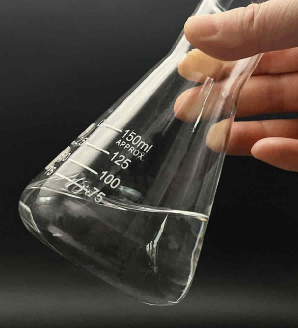1. Introduction
Just 24 hours ago, a major cosmetics brand announced a complete phase-out of sodium lauryl sulfate (SLS) from its entire product line, citing consumer demand for gentler, bio-based alternatives. This move reignites the ongoing debate about surfactant safety, sustainability, and performance. Whether you’re formulating shampoos or selecting a weed killer, understanding the differences between surfactants like SLS, sodium laureth sulfate, and newer bio surfactants is more critical than ever.

Surfactants—short for ‘surface-active agents’—are compounds that lower surface tension between liquids or between a liquid and a solid. The meaning of surfactant lies in its dual-nature molecular structure: a hydrophilic (water-loving) head and a hydrophobic (oil-loving) tail. This allows them to emulsify oils, create foam, and enhance wetting. But not all surfactants are created equal. Let’s dive deep into sodium lauryl sulfate and how it stacks up against its peers.
2. What Is Sodium Lauryl Sulfate?
Sodium lauryl sulfate (SLS), also known as sodium dodecyl sulfate (SDS) or natrium lauryl sulfate, is a classic anionic surfactant derived from lauryl alcohol (often sourced from coconut or palm kernel oil). Its chemical formula is C12H25SO4Na, and it’s widely used for its strong cleansing and foaming power.
You’ll find SLS in everything from toothpaste to industrial cleaners. It’s highly effective but can be harsh on skin and eyes, especially at high concentrations. Despite common confusion, SLS is not the same as sodium laureth sulfate (SLES)—a related but milder compound created through ethoxylation (adding ethylene oxide to lauryl alcohol before sulfation).
3. SLS vs. SLES: The Ethoxylation Difference
Sodium laureth sulfate (also called sodium lauryl ether sulfate or sodium lauryl ether sulphate) is often mistaken for SLS. While both are anionic surfactants, SLES undergoes an extra chemical step: ethoxylation. This results in a larger, more hydrated molecule that’s less irritating.
Key differences:

- SLS (sls sodium lauryl sulfate) penetrates skin more easily, potentially causing dryness or irritation.
- SLES (sls sodium laureth sulfate, laureth sulphate, sulphate laureth sulfate) is milder and preferred in shampoos and body washes.
- SLES may contain trace 1,4-dioxane (a byproduct of ethoxylation), raising environmental concerns.
In formulations like ‘sodium lauryl ether sulphate in shampoo,’ SLES delivers rich lather without the sting—making it a staple in commercial products.
4. Gentler Alternatives: Amphoteric and Non-Ionic Surfactants
As consumers seek sulfate-free options, formulators are turning to amphoteric and non-ionic surfactants. Cocamidopropyl betaine (also called coco betaine, amidopropyl betaine, or coco amido propyl betaine) is a popular amphoteric surfactant derived from coconut oil. It’s mild, foam-boosting, and works well with anionic surfactants to reduce irritation.
Non-ionic surfactants like decyl glucoside, coco glucoside, and polysorbate 80 (also known as Span80 when dehydrated) offer even gentler cleansing. Alkyl polyglucosides (e.g., decyl glucoside) are bio surfactants made from sugar and fatty alcohols—fully biodegradable and skin-friendly.
Other notable alternatives include:
- Sodium cocoyl isethionate and sodium lauroyl methyl isethionate: ultra-mild, used in ‘syndet’ bars.
- Sodium coco sulfate (or coco sodium sulfate): a blend of SLS-like molecules from coconut, slightly milder than pure SLS.
- Sodium lauroyl sarcosinate (lauroyl sarcosinate, sarcosinate): a gentle anionic surfactant common in toothpastes.

5. Surfactants Beyond Personal Care: Agriculture and Industry
Surfactants aren’t just for shampoo. In agriculture, they act as wetting agents for herbicides and weed killers. A ‘surfactant for herbicides’ helps active ingredients stick to waxy plant leaves. Methylated seed oil and nonionic surfactants like ethoxylated alcohols are common here.
For lawns, a ‘lawn wetting agent’ or ‘wetting agent for grass’ often contains lignin sulfonate or nonionic surfactant blends to improve water penetration in hydrophobic soils.
Industrial applications use stronger anionic surfactants like sodium dodecylbenzene sulfonate or even cationic types such as cetyl trimethyl ammonium bromide (CTAB, or cetyltrimethylammonium bromide)—though these are rarely used in personal care due to toxicity.
6. Safety, Misconceptions, and Market Trends
Despite viral claims, SLS is not carcinogenic—but it can be irritating. Regulatory bodies like the FDA and EU SCCS deem it safe at low concentrations (<1% in leave-on products). Still, brands like Rohit Surfactants Private Limited are investing in bio surfactants to meet clean-label demands.
True concerns include:
- Environmental persistence of some sulfates.
- Potential contamination in ethoxylated surfactants (e.g., SLES).
- Mislabeling: ‘sls sulfate’ or ‘na lauryl sulfate’ may confuse consumers.
Meanwhile, fluoro surfactants and exotic types like sodium deoxycholate or copper 1 bromide remain niche due to cost or toxicity.
7. Conclusion
Sodium lauryl sulfate remains a powerful, cost-effective surfactant—but it’s not always the best choice. For sensitive skin, amphoteric options like cocamidopropyl betaine or non-ionic alkyl polyglucosides offer gentler performance. In agriculture, methylated seed oil and lignin sulfonate serve different needs than personal care surfactants. Whether you’re buying ‘sodium lauryl sulfate for sale’ or formulating a new shampoo, understanding the anionic, cationic, and amphoteric landscape helps you choose wisely. The future belongs to effective, sustainable, and transparent surfactant science.
Our Website founded on October 17, 2012, is a high-tech enterprise committed to the research and development, production, processing, sales and technical services of ceramic relative materials such as Compare. Our products includes but not limited to Boron Carbide Ceramic Products, Boron Nitride Ceramic Products, Silicon Carbide Ceramic Products, Silicon Nitride Ceramic Products, Zirconium Dioxide Ceramic Products, etc. If you are interested, please feel free to contact us.


